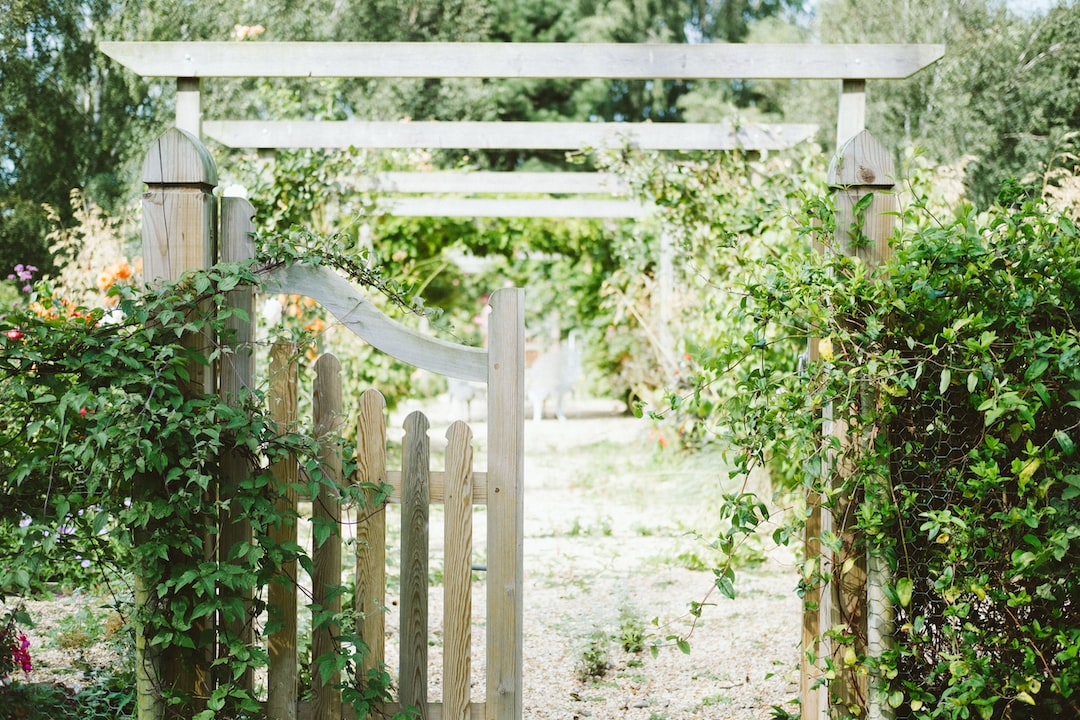Community gardens are becoming increasingly popular in urban and suburban communities. They provide a space for locals to grow vegetables and fruits, and also offer a sense of community involvement and connection. Starting a community garden may seem overwhelming at first, but with proper planning and organization, it can become a successful and rewarding project.
1. Find a location: The first step to starting a community garden is finding a suitable location. Typically, community gardens are located on public or private land that isn’t in use. Parks, school grounds, and church properties are commonly used for community gardens. Once you have a potential location, be sure to check local zoning laws to ensure it’s allowed.
2. Assemble a team: Starting a community garden requires the help of a dedicated team. This team should consist of people who are passionate about gardening and community involvement. A good place to start assembling a team is with local community organizations, church groups, and gardening clubs.
3. Develop a plan: Once the team is assembled, it’s time to develop a plan. This plan should include details about the garden’s purpose, goals, and objectives. Determine the garden’s size, layout, and necessary resources such as water and fertilizer. Write up a garden agreement that outlines the garden’s rules and expectations for all participants.
4. Secure funding: Community gardens require funding to get off the ground. Consider looking into grants or crowdfunding to raise money for the garden’s initial expenses such as soil, tools, and seeds. Additionally, approaching local businesses and organizations to ask for donations and sponsorships can also be a fruitful endeavor.
5. Recruit gardeners: The success of a community garden depends on active participation from its members. Advertise the garden through flyers, social media, and community events. Encourage local residents to join the garden and commit to regular maintenance and planting.
6. Build the garden: With the plan in place and funding secured, it’s time to start building the garden. Begin by creating raised beds or tilling the soil as necessary. Install water systems and erect a garden shed to store tools and supplies.
7. Maintain the garden: Once the garden is established, maintenance is key to its success. Develop a schedule for watering, weeding, and harvesting. Organize regular community workdays to ensure the garden stays in good condition.
Starting a community garden can be a rewarding way to bring people together around a shared cause. By following these steps, a successful community garden can be started and enjoyed by all who participate.

